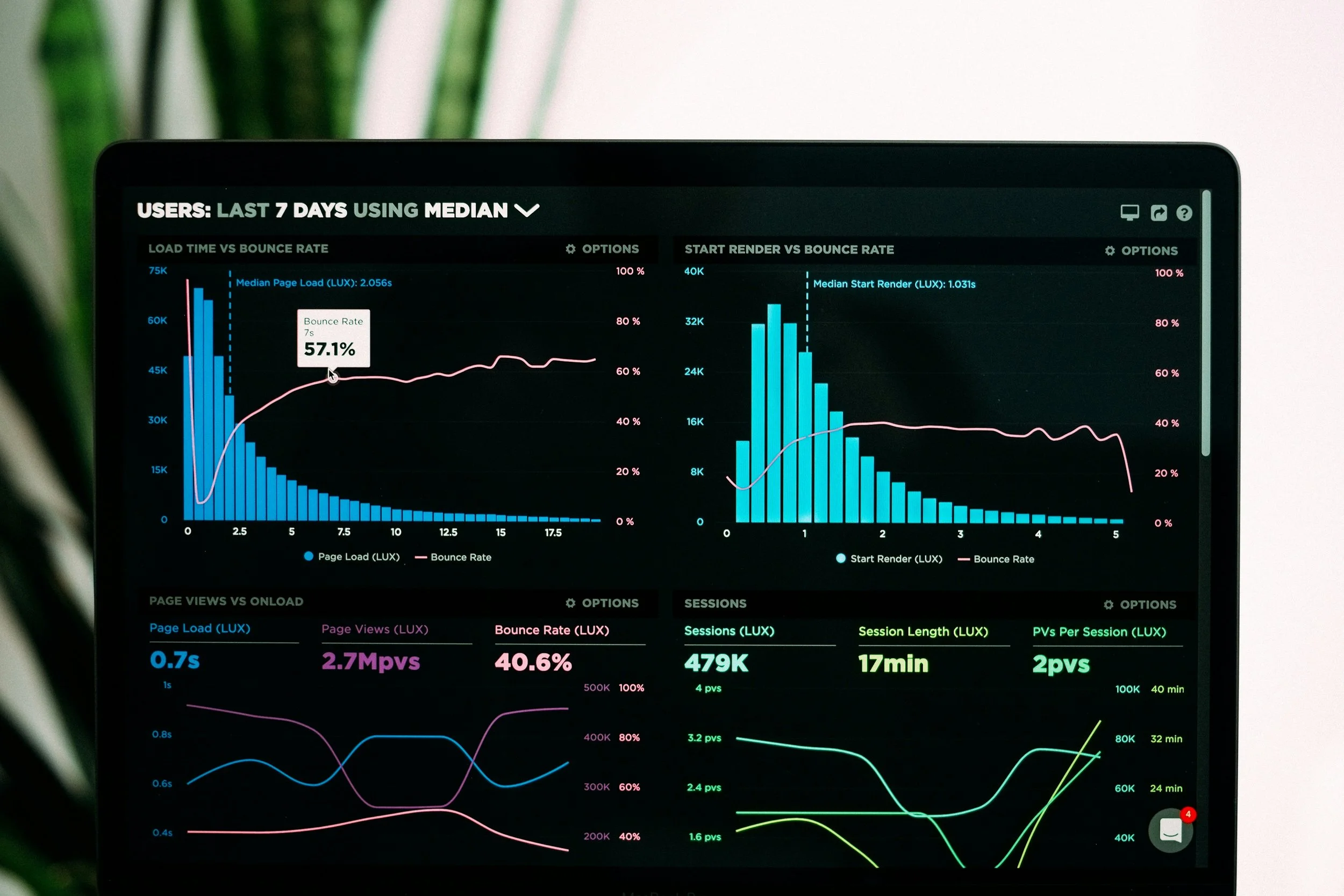Learning analytics without a data team: five metrics every SME can track today
Small and midsized firms often assume that sophisticated learning analytics belong to enterprises with dedicated analysts and six-figure dashboards. The truth is that any business can gain powerful insight from data already sitting in common workplace tools. You do not need a data warehouse; you need sharp questions and a repeatable capture process. Below are five metrics that founders and HR leads in Australia and New Zealand can track by tomorrow afternoon. Each links directly to behaviour, not vanity measures, so the numbers tell a story about real performance shifts.
1. Time to first independent task
Measure the hours or days between a new starter’s first day and completion of a core task without help. Source data from project management tools or CRM timestamps. This single number acts as a proxy for onboarding quality. Reduce it and you free payroll dollars, manager bandwidth, and customer satisfaction in one move.
2. Application rate
Count how often a newly trained skill shows up in work artefacts. For a support team, track tickets resolved with the new escalation flow. For sales, look at proposals that follow the updated pricing framework. A simple spreadsheet fed by weekly exports or a tag inside the CRM keeps the calculation light.
3. Behaviour consistency index
Take the top three critical behaviours for a role and audit them weekly. Score each as observed or not observed. Consistency across the three becomes the index. No fancy platform required: supervisors tick boxes during normal walkthroughs. Trend the index line to spot slippage before it hits performance.
4. Error rate per task
Mistake logs are a goldmine. Whether safety incidents, coding bugs, or compliance slips, calculate errors per one hundred tasks both before and after training. Often the data live in quality systems or even email reports. A visible drop after an intervention provides concrete evidence of ROI.
5. Manager confidence score
Every fortnight ask managers to rate confidence in each direct report’s new skill on a five point scale. The survey can run through Microsoft Forms or Google Forms and takes minutes. Manager sentiment predicts performance because it influences delegation and support. Use shifts in confidence to adjust coaching resources.
Collecting these numbers is only half of the equation. Leaders must add simple interpretation steps.
First, baseline before training. A pre-intervention snapshot prevents “we feel better” anecdotes from masquerading as improvement.
Second, share quick visuals. A one page slide with two lines or bars beats a crowded dashboard. Highlight the single change that matters this fortnight.
Third, act on the signal. If application rate stalls, interview a sample of learners. If error rate flatlines, revisit the practice component of the course. Analytics add value only when they trigger decisions.
When executives see numbers tied to dollars, training moves from discretionary spend to strategic lever.
Start small. Pick one metric from the list, build a weekly or fortnightly habit, and share results openly. Momentum will gather and requests for deeper insight will follow naturally, proving that you can manage what you measure even without a data team.
